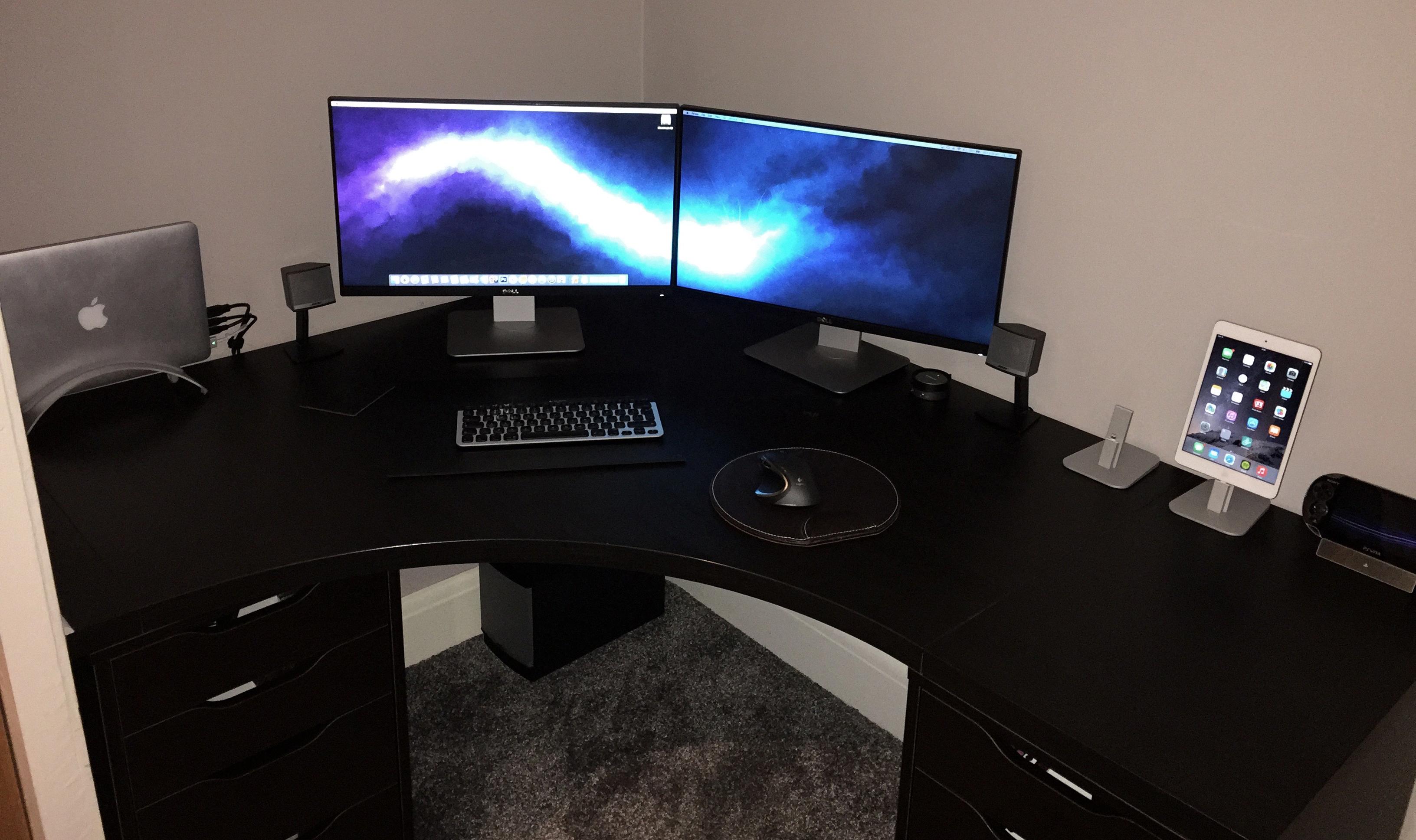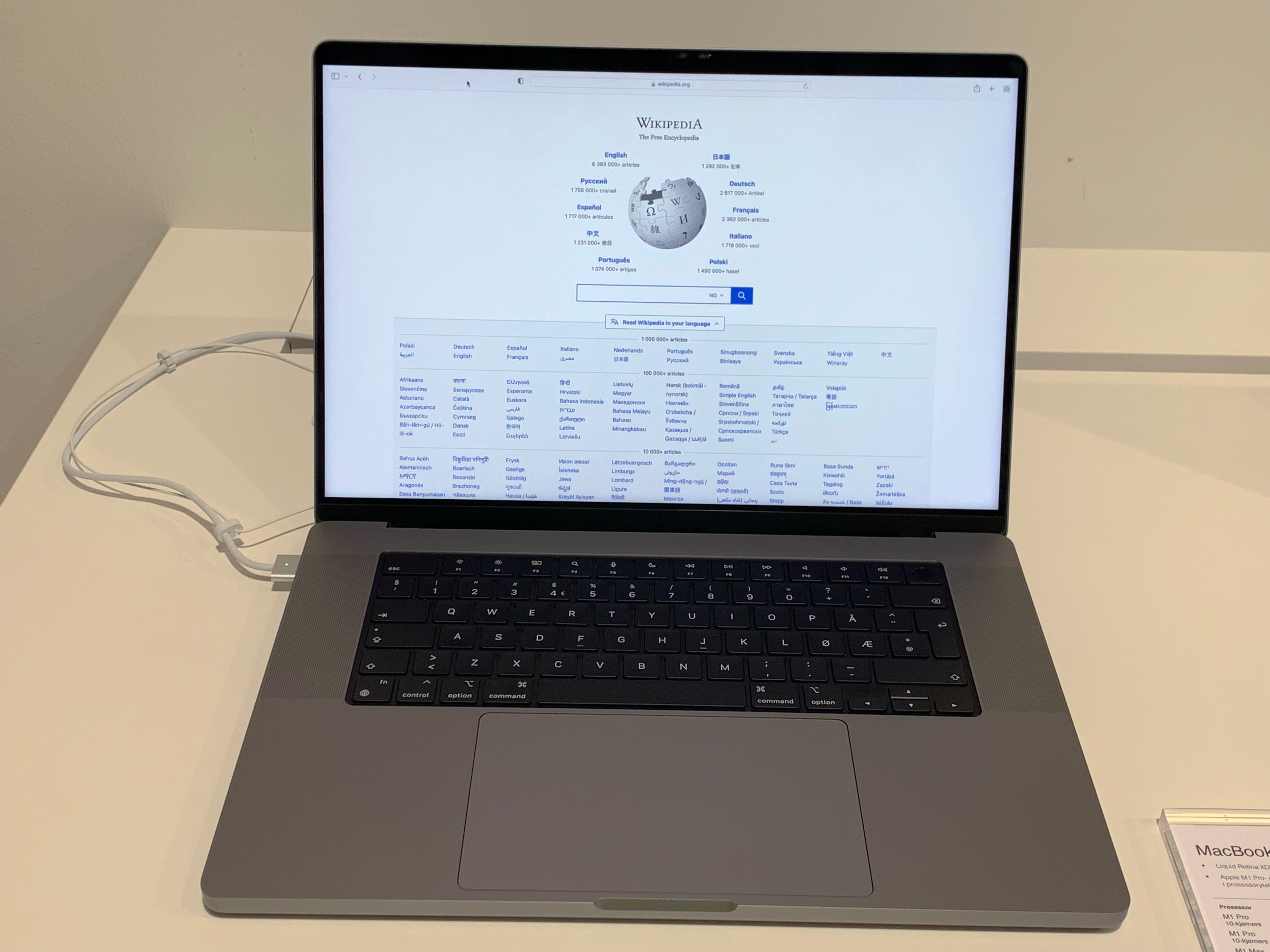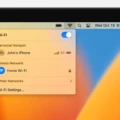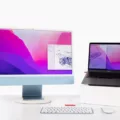Are you looking to connect a second monitor to your iMac? You might be surprised to know that it can be done with relative ease! In this blog post, we’ll explain how you can connect an external monitor to your iMac and get the most out of your setup.
First, it’s important to understand what kind of ports are availale on your iMac. Most models come with either a Thunderbolt 2 or 3 port, as well as one or more USB-C ports. Depending on how old your model is, you may also have one or more HDMI ports, DisplayPort connections, and Mini DisplayPort connections.
Once you know which ports are available on your iMac, it’s time to choose the riht cable for connecting your external display. If you’re using a Thunderbolt 2 port, an Apple Thunderbolt 2 cable will work best; if you’re using a Thunderbolt 3 port, an Apple Thunderbolt 3 cable is recommended. For HDMI connections, a high-quality HDMI cable should do the trick. And for DisplayPort connections and Mini DisplayPort connections, again use a high-quality cable.
Once you have the right cable in hand, it’s time to connect your external display. Start by plugging one end of the cable into the approprite port on your iMac; then plug the other end into the appropriate port on your external display. After that’s done, power up both devices and they should automatically detect each other and configure themselves accordingly.
Now that everything is connected properly, let’s talk about some tips for gettng the most out of your dual-monitor setup:
• Make sure that each monitor has its own resolution settings so that they both look sharp and clear.
• Set up displays side by side for enhanced multitasking capabilities; this way you can easily move windows back and forth between displays without any hassle.
• Use different wallpapers for each monitor to personalize them further; this adds visual variety and helps keep things organized.
• Take advantage of keyboard shortcuts like Command+F1 (for Macs) or Windows Key+P (for PCs) to quickly switch between extending or mirroring displays without having to open up System Preferences every time.
And there you have it—all the information needed for connecting an external monitor to an iMac! With just a few simple steps and some helpful tips along the way, you’ll be able to enjoy all the benefits of having two monitors in no time at all!
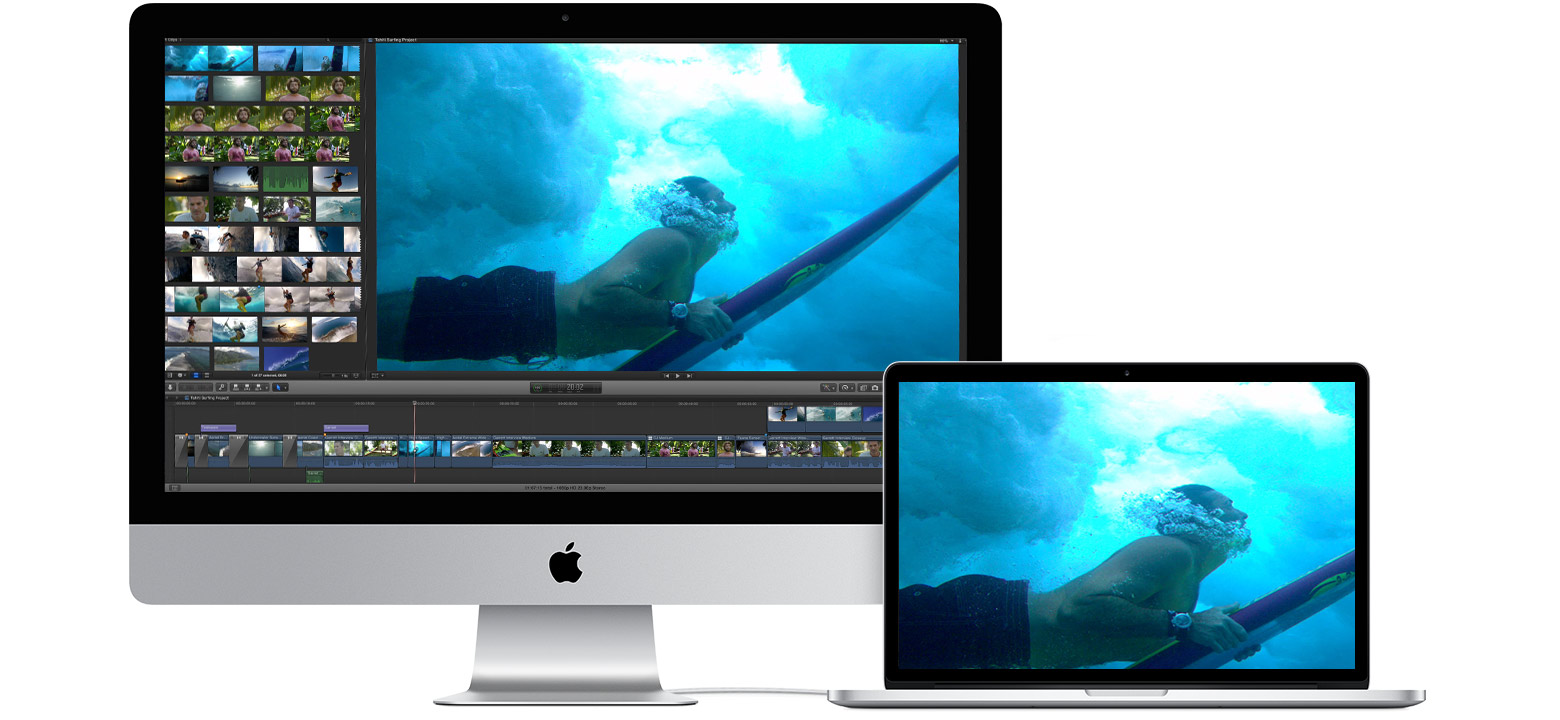
Connecting a Second Monitor to a Mac
To get your Mac to recognize a second monitor, go to the System Preferences menu. Select Displays from the sidebar, then press and hold the Option key while clicking ‘Detect Displays’ on the right. This should cause your Mac to detect any additional monitors connected to it. If your Mac still doesn’t recognize the second monitor, try connecting it uing a different cable or port.
Troubleshooting Mac Connection to a Second Monitor
There could be several reasons why your Mac isn’t connecting to a secod monitor. First, check the cable or adapter you are using to connect the two devices. Make sure the cable is securely connected to both your Mac and the external display. If the cable from your external display doesn’t connect directly to your Mac, you may need a USB-C or Thunderbolt adapter.
Next, check that both devices are turned on and that all relevant settings on both devices are enabled for dual-monitor support. If you recently updated macOS or installed any new software, you should check if this software is blocking dual-monitor support. Additionally, some older Macs may not be compatible with dual-monitor support.
Finally, make sure that the resolution settings on both devices match so that the displays appear correctly on each device. If you have any trouble with thee steps, contact Apple Support for help troubleshooting your issue.
Detecting a Second Monitor on a Computer
To get your computer to detect a second monitor, open the Start menu and go to Settings. Under System, select Display. Your PC should automatically detect your monitors and display them on your desktop. If you don’t see the monitors, select Multiple displays, then Detect. This will allow your computer to search for any connected monitors and display them on your desktop.
Detecting a Second Monitor
Getting your second monitor detected in Windows 10 is a simple process. First, open the Settings app and then click on System. Next, click on Display. Under the “Multiple displays” section, you can click the Detect button to start searching for your second monitor. If successful, Windows 10 will detect the external monitor and you can begin using it right away. If Windows 10 does not detect your second monitor automatically, try connecting it to a different port or check to make sure all of its cables are properly connected.
Troubleshooting Issues with Connecting Multiple Monitors to a Mac
It is possible that your Mac is only connecting to one monitor due to a few different reasons. First, check the display cable connections to ensure they are securely connected to both the Mac and the monitor. Additionally, make sure that the correct resolution and brightness settings are being used in System Preferences > Displays. Finally, if applicable, make sure you have updated any adapter software related to the monitor setup. If none of these steps resolve the issue, it may be necesary to contact Apple support for further assistance.
Troubleshooting Mac Connection to HDMI Monitor
If your Mac isn’t connecting to your HDMI monitor, it could be due to a few different things. First, check that the cable is securely connected to both the Mac and the monitor. Then make sure that your Mac is set up to output video via HDMI: go to System Preferences > Displays and ensure that “Show mirroring options in the menu bar when available” is checked. If it still isn’t working, try turning off both the Mac and the monitor, unplugging the HDMI cable from your Mac, then plugging it back in and turning both devices back on. If all else fails, it may be a problem with ether the Mac or monitor’s hardware or display settings.
Conclusion
The iMac is a powerful, all-in-one desktop computer that proides excellent performance and versatility. It offers a great display with vivid colors and sharp detail, along with a wide range of ports to connect external devices and displays. With its latest models featuring the latest Intel processors, the iMac offers plenty of power for everyday tasks, while also being able to handle more demanding tasks such as gaming and video editing. Additionally, it’s easy to set up multiple displays with the iMac thanks to its built-in support for various adapters, so you can get the perfect setup for your workspace. All in all, the iMac is an excellent choice for anyone looking for an all-in-one desktop experience.


